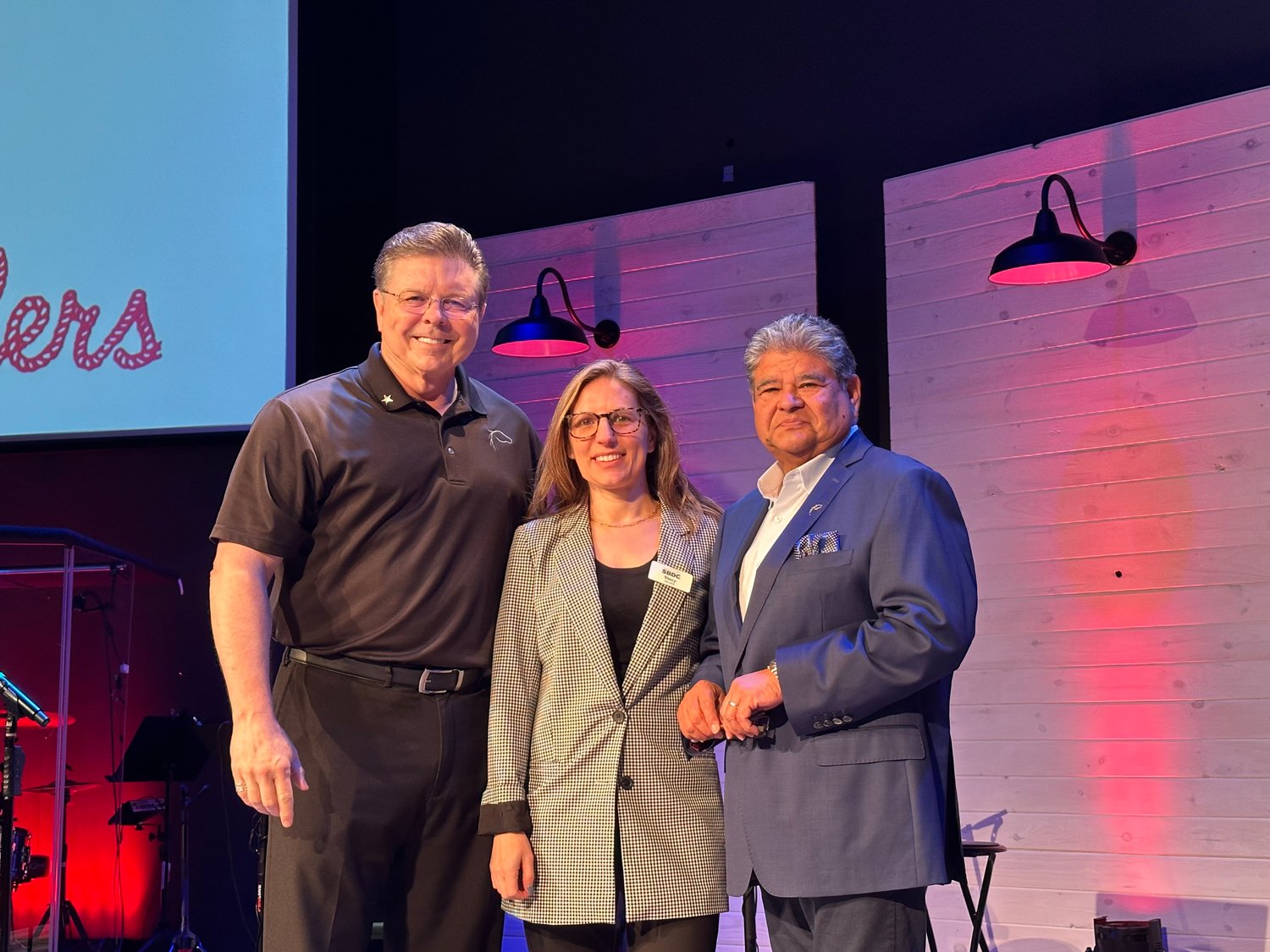U.S.-Mexico Chamber of Commerce president shares insights to doing business in Mexico
Americans hoping to do business in Mexico often have the misconception that Mexicans can only do selected manual labor tasks, such as cutting yards, washing dishes or cleaning houses. But the economic ties are much stronger, the U.S.-Mexico Chamber of Commerce president said in an interview at the Jan. 11 meeting of the Fulshear Katy Area Chamber of Commerce.
This item is available in full to subscribers.
Attention subscribers
To continue reading, you will need to either log in to your subscriber account, or purchase a new subscription.
If you are a current print subscriber, you can set up a free website account and connect your subscription to it by clicking here.
If you are a digital subscriber with an active, online-only subscription then you already have an account here. Just reset your password if you've not yet logged in to your account on this new site.
Otherwise, click here to view your options for subscribing.
Please log in to continue |
U.S.-Mexico Chamber of Commerce president shares insights to doing business in Mexico
Americans hoping to do business in Mexico often have the misconception that Mexicans can only do selected manual labor tasks, such as cutting yards, washing dishes or cleaning houses. But the economic ties are much stronger, the U.S.-Mexico Chamber of Commerce president said in an interview at the Jan. 11 meeting of the Fulshear Katy Area Chamber of Commerce.
Pete Garcia spoke at the meeting, which was held at Parkway Fellowship, 27403 FM 1093 in Richmond. Stacy Jacobs, director of the University of Houston-Texas Gulf Coast Small Business Development Center Network, also spoke briefly.
Garcia said some Americans fail to understand that Mexicans build and sell homes.
“Right now, there are many Mexicans right here that have opened up agricultural businesses,” Garcia said. “But let me add, not only do they build homes, but they build huge complexes. There are over five major high-rises in Houston being built right now. One is on Allen Parkway, and two of them are in the Galleria area. They’re building another one in San Antonio.”
Garcia said a program, called EB-5, provides a type of visa that helps to increase such investment. The U.S. Department of Commerce created EB-5. Houston has a regional chapter.
“They’re called regional chapters that are approved by the government here, and they can be not only for residential and commercial building,” Garcia said. “It can be for technology, for any kind as long as it produces jobs in the United States and brings in foreign investment. These are million-dollar and million-and-a-half dollar investments at each investor has to bring, but one of the key benefits and one of the reasons it’s so popular with Mexicans as they also get a green card and their family gets a green card.”
The Mexican commercial influence in Texas is not limited to construction, Garcia said. A Mexican bread producer, Bimbo, bought out Mrs. Baird’s, which is based in Fort Worth.
“They also did the same thing in Pennsylvania when a lot of the mining businesses went away,” Garcia said. “They put a $2 billion investment in making bread. They own Sara Lee Corporation. So, there are a lot of companies that are owned here. Cemex is another, on I 10. It’s a cement producer. They provide a lot of jobs and they make a lot of cement. Now, they’re a Mexican company, but they’re global. They’re everywhere in the world.”
But not all Mexican companies in Texas or the U.S. are global, Garcia said.
“Some of the people that were here today I noticed, one of them was in construction and in repair,” Garcia said. “They came from Mexico, but they have to hire people here to do the work. They have to buy the materials here so it’s bringing in jobs that actually we need in the U.S., so it improves our economy, by bringing in those jobs.”
Being bilingual in Spanish and English helps. Garcia said a key factor of why Mexicans speak English so fluently is because they start teaching English in grammar school, for the first grade all the way to the 12th.
“Most of our Spanish doesn’t start until middle school, and it’s only for two or three years,” Garcia said. “So, it’s grades 1-12 here in the U.S. That’s part of the reason that we don’t speak as much Spanish. But considering our population, it would be beneficial.”
Garcia said he created a Latinization program while at Continental Airlines. Under this program, he said, the company brought in high-level Spanish speakers and English speakers to better serve the needs of those respective customers.
“We made sure that we had personnel that spoke English and take care of our English-speaking customers,” Garcia said. “So, we became bilingual but we also get became bicultural. And what I mean by that is, we understood the people better.”
Keywords
Fulshear Katy Area Chamber of Commerce, U.S.-Mexico Chamber of Commerce, Mexico






